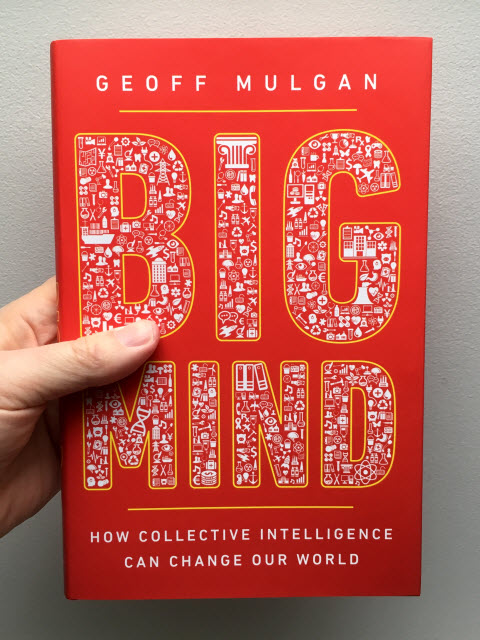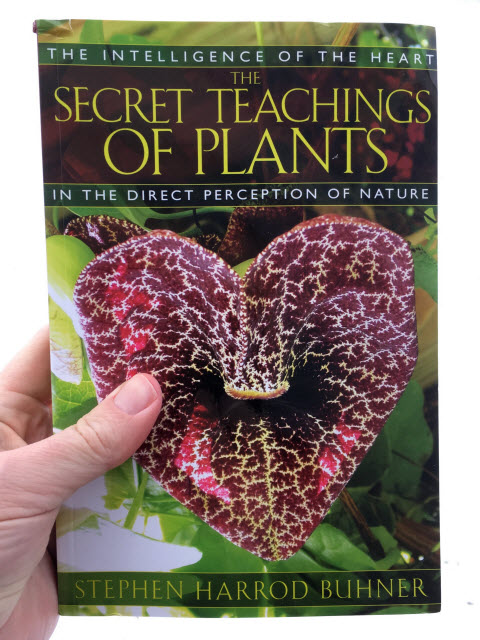This is a post in my series on organizing ”between and beyond.” Other posts are here. This is a retrospective of what has happened during the week. The purpose is to reflect on the work itself. Here is my previous retrospective. Here is my next retrospective.
What has happened? What needs to be done?
New books
I mentioned last week that I need to take a break from my reading. Well, guess what? Two new books arrived this week.

One book which arrived this week is Big Mind: How Collective Intelligence Can Change Our World by Geoff Mulgan. Mulgan writes that he was helped writing the book by his PhD in telecommunications.1 This surprised me since I don’t see the connection between telecommunications and collective intelligence. Or, rather, it’s not that connection that I am interested in. I am, however, as interested as Mulgan in the space between the individual and the totality of civilization,2 but I think it’s a mistake to reduce it to a study of digital systems.
Geoff Mulgan’s bigger mind is the brainpower of people and machines. Mulgan’s central claim is that every individual, organization, or group can thrive if it is tapped into this bigger mind.3 The book is about methods, tools, and resources, and how these can be consciously orchestrated by specialist institutions and roles.4
Geoff Mulgan hopes that new kinds of consciousness will be generated as human brains and digital intelligence are combined.5 Well, it depends on what you mean by consciousness and intelligence. Machines are not conscious. Calculation is not intelligence.
My point is that collective intelligence is as old as the human species. It’s that intelligence I’m interested in, and it has nothing to do with digital machinery. Connecting humans with machinery, digital or not, has on the contrary a tendency to turn us into machines.

The other book which arrived this week is The Secret Teachings of Plants: The Intelligence of the Heart in the Direct Perception of Nature by Stephen Harrod Buhner. The first half of the book is filled with analytical explanations of why and how, while the second half is filled with poetry and doing. Stephen Harrod Buhner calls the first half systole and the second half diastole. Systole is when the heart contracts. Diastole is when the heart relaxes.6 The book is full of quotes by Goethe, Thoreau, Bortoft, and others.

Reflection
Here is my reflection on mechanistic vs. dynamistic thinking, which is based one of the quotes of Goethe in Stephen Harrod Buhner’s The Secret Teachings of Plants.7

Article
Finally, here is my summary of an article on New Possibilities: A World That Works For Everyone – Part I by Skye Hirst. Skye Hirst explores ten essential organizing processes for life in the article. A take-away is that it’s essential that we have the
- opportunity to find right and effective actions,
- guided by our intrinsic intentions and meanings,
- while feeling connected to the greater whole.
This is a healthy environment in which we can learn, adapt, and thrive.
What was good? What can be improved?
I read 60+ books last year (2017) and have been reading ever since I started this blog six years ago (2012). I have been in systole since then. Now, it’s time for diastole.
Notes:
1 Geoff Mulgan, Big Mind: How Collective Intelligence Can Change Our World (Princeton University Press, 2018), p.1.
2 Ibid., p.2.
3 Ibid..
4 Ibid., p.4.
5 Ibid., p.228.
6 Stephen Harrod Buhner, The Secret Teachings of Plants: The Intelligence of the Heart in the Direct Perception of Nature (Bear & Company, 2004), p.xi.
7 Ibid., p.62.
Related posts:
Organizing in between and beyond posts
Leave a Reply
You must be logged in to post a comment.